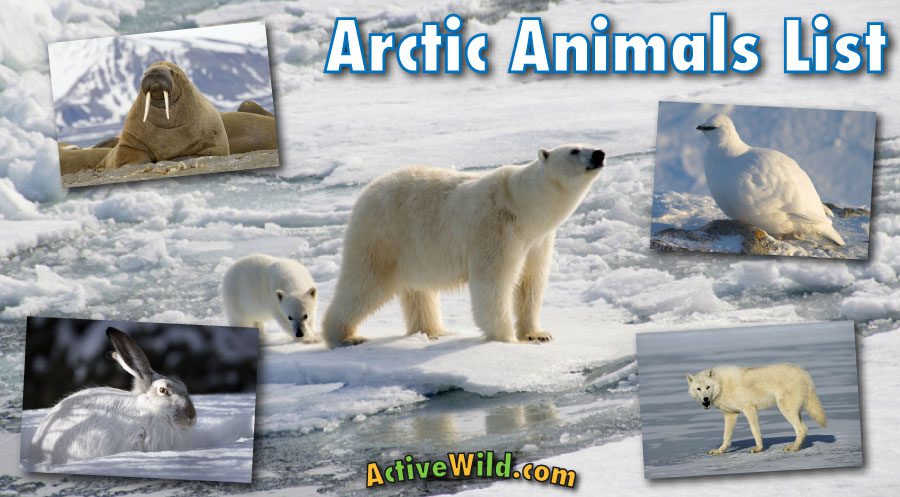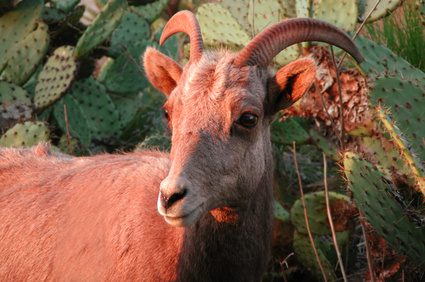
Awọn ohun ọgbin, Awọn ẹiyẹ ati Awọn ẹranko ti Awọn aginju Arctic: Awọn ẹya ti Ibugbe ati Igbesi aye
The Arctic Desert, the northernmost of all natural zones, is part of the Arctic geographical zone and is located in the latitudes of the Arctic, stretching from Wrangel Island to the Franz Josef Land archipelago. This zone, which consists of all the islands of the Arctic Basin, is mostly covered with glaciers and snow, as well as rock fragments and rubble.
Awọn akoonu
Arctic desert: location, climate and soil
The arctic climate means long, harsh winters and short cold summer without transitional seasons and with frosty weathering. In summer, the air temperature barely reaches 0 ° C, it often rains with snow, the sky is overcast with gray clouds, and the formation of thick fogs is due to the strong evaporation of ocean water. Such a harsh climate is formed both in connection with the critically low temperature of high latitudes, and due to the reflection of heat from the surface of ice and snow. For this reason, animals inhabiting the zone of the Arctic deserts have fundamental differences from representatives of the fauna living in continental latitudes – they are much easier to adapt to survive in such harsh climatic conditions.
The glacier-free space of the Arctic is literally shrouded in permafrost, therefore, the process of soil formation is at the initial stage of development and is carried out in a poor layer, which is also characterized by the accumulation of manganese and iron oxides. On fragments of various rocks, characteristic iron-manganese films are formed, which determine the color of the polar desert soil, while solonchak soils form in coastal areas.
There are practically no large stones and boulders in the Arctic, but small flat cobblestones, sand and, of course, the famous spherical concretions of sandstone and silicon, in particular, spherulites, are found here.
Vegetation of the arctic desert
The main difference between the Arctic and the tundra is that in the tundra there is the possibility of existence for a wide range of living creatures that can feed on its gifts, and in the Arctic desert it is simply impossible to do this. It is for this reason that there is no indigenous population on the territory of the Arctic islands and very few representatives of flora and fauna.
The territory of the Arctic desert is devoid of shrubs and trees, there are only isolated from each other and small areas with lichens and mosses of rocks, as well as various rocky soil algae. These small islands of vegetation resemble an oasis among the endless expanses of snow and ice. The only representatives of herbaceous vegetation are sedge and grasses, and flowering plants are saxifrage, polar poppy, alpine foxtail, ranunculus, grains, bluegrass and arctic pike.
Wildlife of the Arctic Desert
The terrestrial fauna of the northern region is relatively poor due to very sparse vegetation. Almost the only representatives of the animal world of the ice deserts are birds and some mammals.
The most common birds are:
- tundra partridges;
- awọn ẹyẹ;
- white owls;
- seagulls;
- arks;
- gags;
- dead ends;
- cleaners;
- burgomasters;
- steps;
- pada
In addition to the permanent inhabitants of the Arctic skies, migratory birds also appear here. When the day comes in the north, and the air temperature gets higher, birds from the taiga, tundra and continental latitudes arrive in the Arctic, therefore, black geese, white-tailed sandpipers, white geese, brown-winged plovers, ringed beetles, upland buzzards and dunlin periodically appear off the coast of the Arctic Ocean . With the onset of the cold seasons, the above species of birds return to the warmer climes of more southern latitudes.
Among the animals, one can distinguish the following representatives:
- reindeer;
- lemmings;
- White bears;
- Ehoro
- seals;
- walruses;
- arctic wolves;
- Arctic foxes;
- musk oxen;
- white people;
- narwhals.
Polar bears have long been considered the main symbol of the Arctic, leading a semi-aquatic lifestyle, although the most diverse and numerous inhabitants of the harsh desert are sea birds that nest on cold rocky shores in summer, thereby forming “bird colonies”.
Adaptation of animals to the arctic climate
All of the above animals forced to adapt to life in such harsh conditions, so they have unique adaptive features. Of course, the key problem of the Arctic region is the possibility of maintaining the thermal regime. To survive in such a harsh environment, it is with this task that animals must successfully cope. For example, arctic foxes and polar bears are saved from frost thanks to warm and thick fur, loose plumage helps birds, and for seals, their fat layer is saving.
An additional rescue of the animal world from the harsh Arctic climate is due to the characteristic color acquired immediately by the onset of the winter period. However, not all representatives of the fauna, depending on the season, can change the color given to them by nature, for example, polar bears remain the owners of snow-white fur throughout all seasons. The natural pigmentation of predators also has advantages – it allows them to successfully hunt and feed the whole family.
Interesting inhabitants of the icy depths of the Arctic
- The most amazing inhabitant of the icy depths – narwhale, a huge fish weighing more than one and a half tons, reaching five meters in length. A distinctive feature of this creature is considered to be a long horn sticking out of the mouth, which in fact is a tooth, but does not perform its inherent functions.
- The next unusual Arctic mammal is the beluga (polar dolphin), which lives at great depths of the ocean and eats only fish.
- The most dangerous of the northern underwater predators is the killer whale, devouring not only small inhabitants of northern waters and coasts, but also beluga whales.
- Some of the most popular animals of the Arctic desert region are edidi, representing a separate population with a large number of subspecies. A common characteristic feature of seals is flippers, which replace the hind limbs of mammals, which allow animals to move around snow-covered areas without much difficulty.
- The walrus, the closest relative of seals, has sharp fangs, thanks to which it easily cuts through the ice and extracts food both from the depths of the sea and on land. Surprisingly, the walrus eats not only small animals, but also seals.





